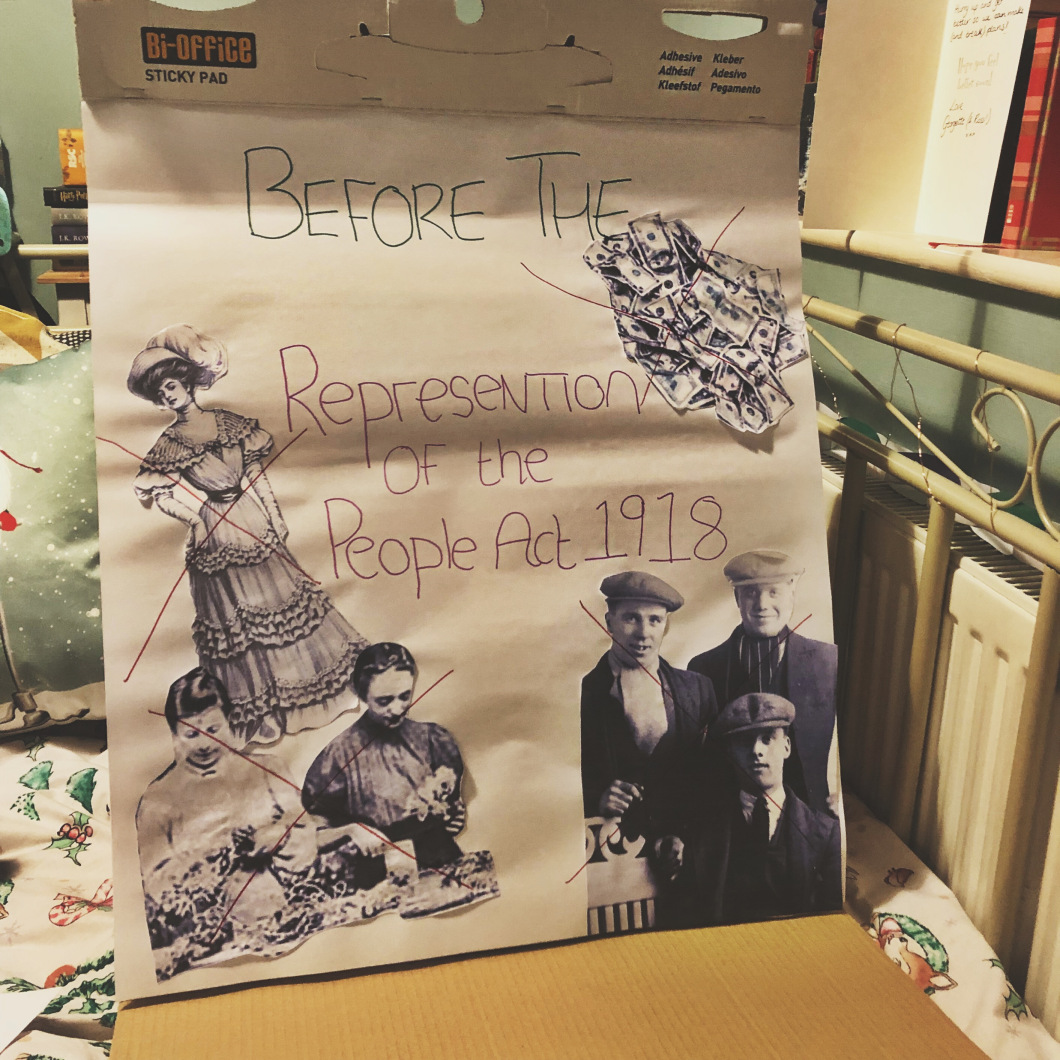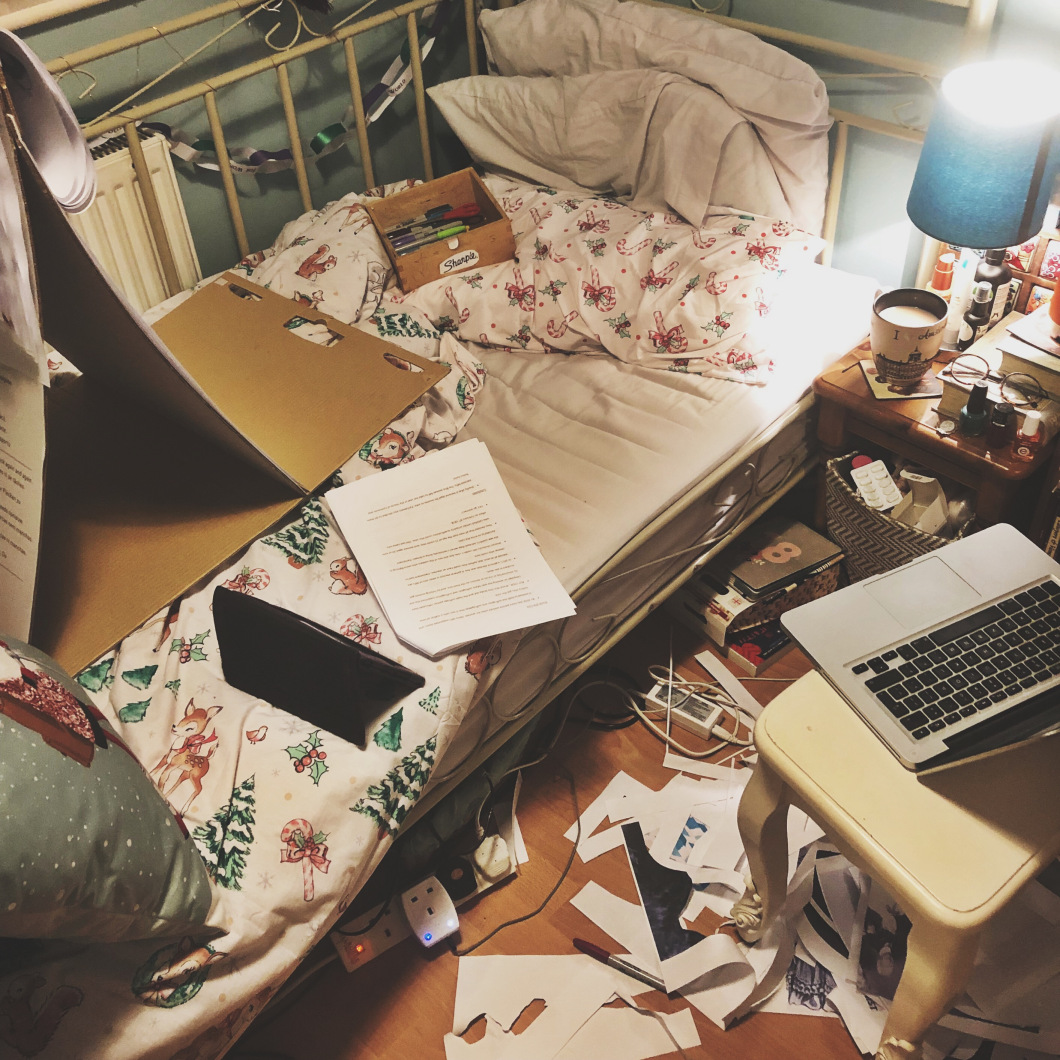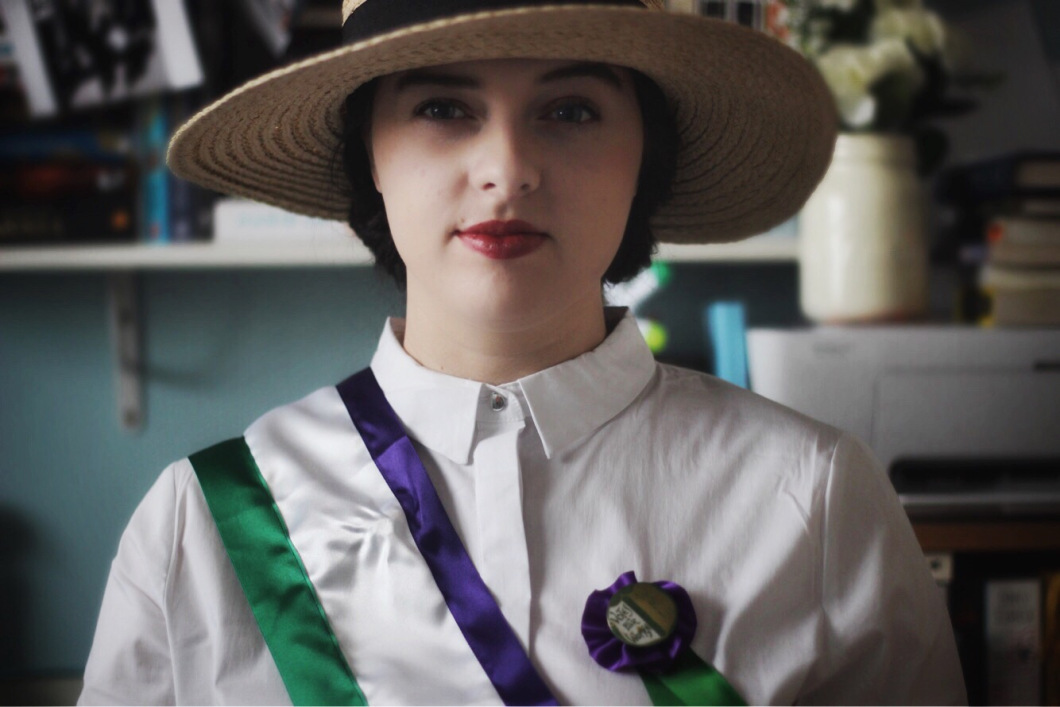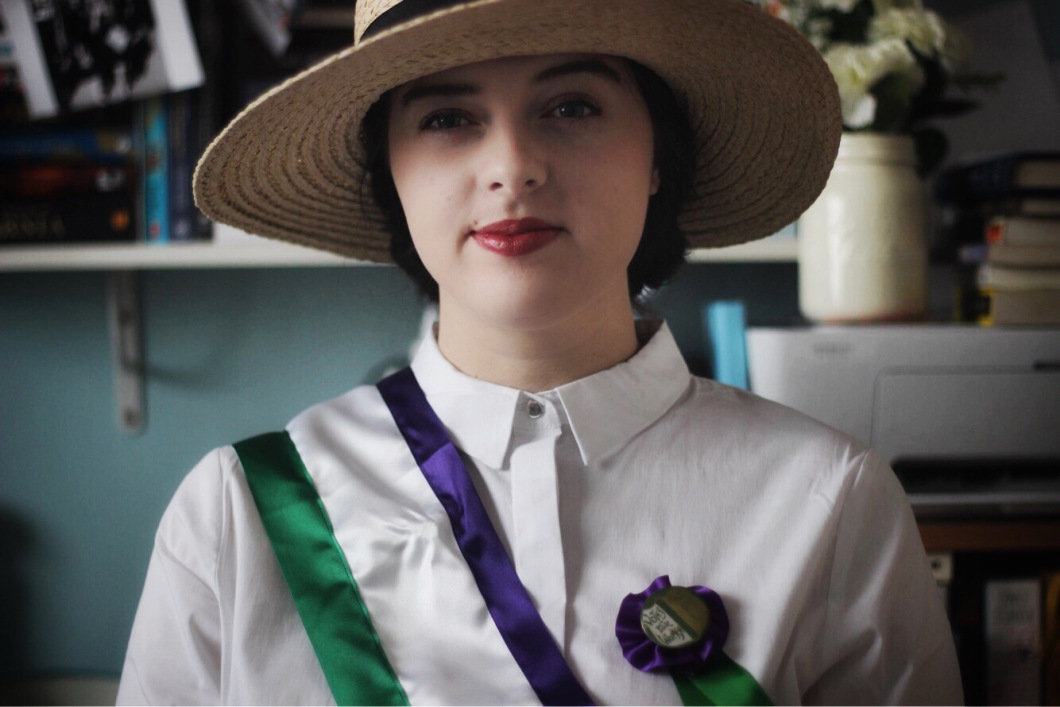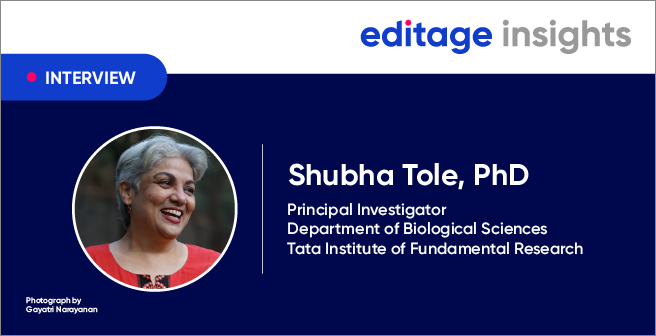Switching it up: I presented my PhD research to a group of 5-7 year olds

Around a month ago, I was approached by my local Rainbows leader, asking if I’d be willing to come and give a talk to Rainbows about suffrage and the importance of voting (AKA my favourite topics). If you don’t know, Rainbows is a section of GirlGuiding, the UK’s largest youth organisation for girls. Rainbows are usually between the ages of 5 and 7. I know this because I used to be a Rainbow back in the day!
I immediately said yes, because what could be better than chatting about my PhD with future voters. But then, I felt nervous. I felt nervous because I’d only ever presented my research to adults, and although I am becoming much more confident delivering papers to my peers, the thought of speaking to a group of 5-7 year olds was a little daunting.
It was daunting for a few reasons. I wanted to explain my research and the history of suffrage in an accessible and non-jargon-y way. I also didn’t just want to talk at them, as if I were a teacher delivering a lecture. I wanted it to be fun, and I wanted to encourage debate.
So I decided to approach this talk in a VERY different way than I would usually do. Firstly, I wanted my presentation to be visual. Usually I’d do this with a good old PowerPoint presentation, but the Rainbows group meets in my local church hall, and having been there on numerous occasions during my childhood, I knew that bringing technology was a no go.
So I decided to go for the most low tech option that still provided cool visuals. I grabbed a big old flip chart, got some scissors and a glue stick, and I made (IMO*) a pretty cool presentation.
Now I’m not a particularly “crafty person,” but I was pretty pleased with the results! I also made a RIGHT mess of my room.
The other thing that I decided to do was dress up as a suffragette.
If I’m honest I’ve been wanting to do it for AGEEES, because who doesn’t love dressing up. It was really simple too. I already had a black maxi skirt and a white long-sleeved shirt, and my summer sunhat (‘cause we all know that Edwardian’s LOVED headgear). I used about a billion bobby pins to do my hair, and the beautiful sash and the badge I brought from Etsy for around a tenner!
The Rainbows really liked my costume, and it was a great way to open my talk with the question: can anyone tell me what I am dressed up as? The final (and probably most important because she IS adorable) was my Suffraduck:
Although I was super nervous, the talk went really well. They ESPECIALLY liked my costume and my suffraduck (DUH!), and they listened so well to what I had to say. The discussion we had about women and voting and how important it is, was so lovely. Also, they gave me an advent calendar, which I definitely haven’t already opened and munched through. All in all, it was such a great experience, and I really enjoyed sharing my work with a new audience!
So, all in all, here are my 3 tips on presenting PhD research to kids:
- THINK VISUAL. Catching their attention with a cool object or costume, or anything related to your research will really resonate.
- KEEP IT SHORT. I was aware that they probably didn’t want me to be droning on for ages, so I kept my talk snappy and I made sure I stuck to my (self-imposed) time limit.
- ENCOURAGE INTERACTION. This, I think, is the most crucial tip. Think of your talk as a conversation. Ask them for their opinions, and make sure your talk encourages discussion. I asked if anyone would support a law banning chocolate, and the response was (not surprisingly) no. This really helped them understand the power and importance of voting!
Finally, here’s yet another photo of my suffragette get up. I had to answer the door to the postman in this, and he DEFINITELY thinks I’m odd now.
*In My Opinion
Laura Noakes (@lauranoakes) is a PhD student at the Open University School of Law. This story was published on November 21, 2018 on Laura’s blog, ‘The Portia Post’ (available here) and has been republished here with her permission.
